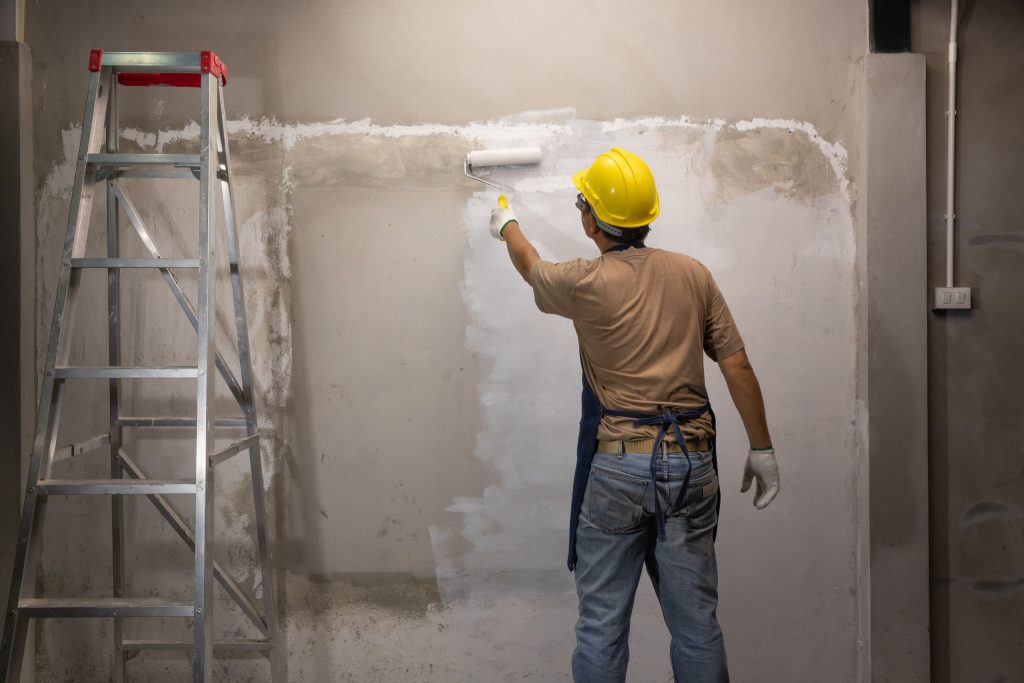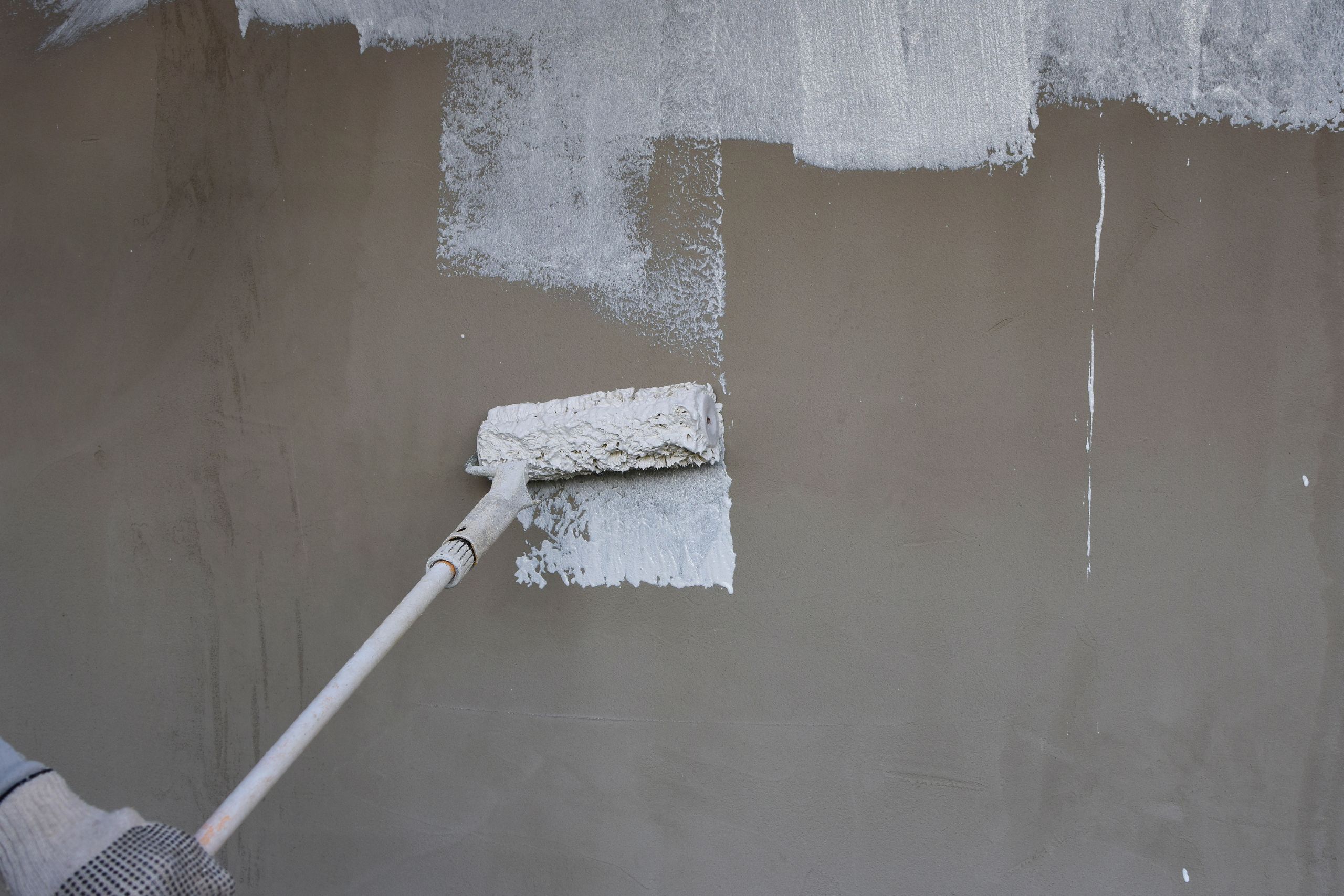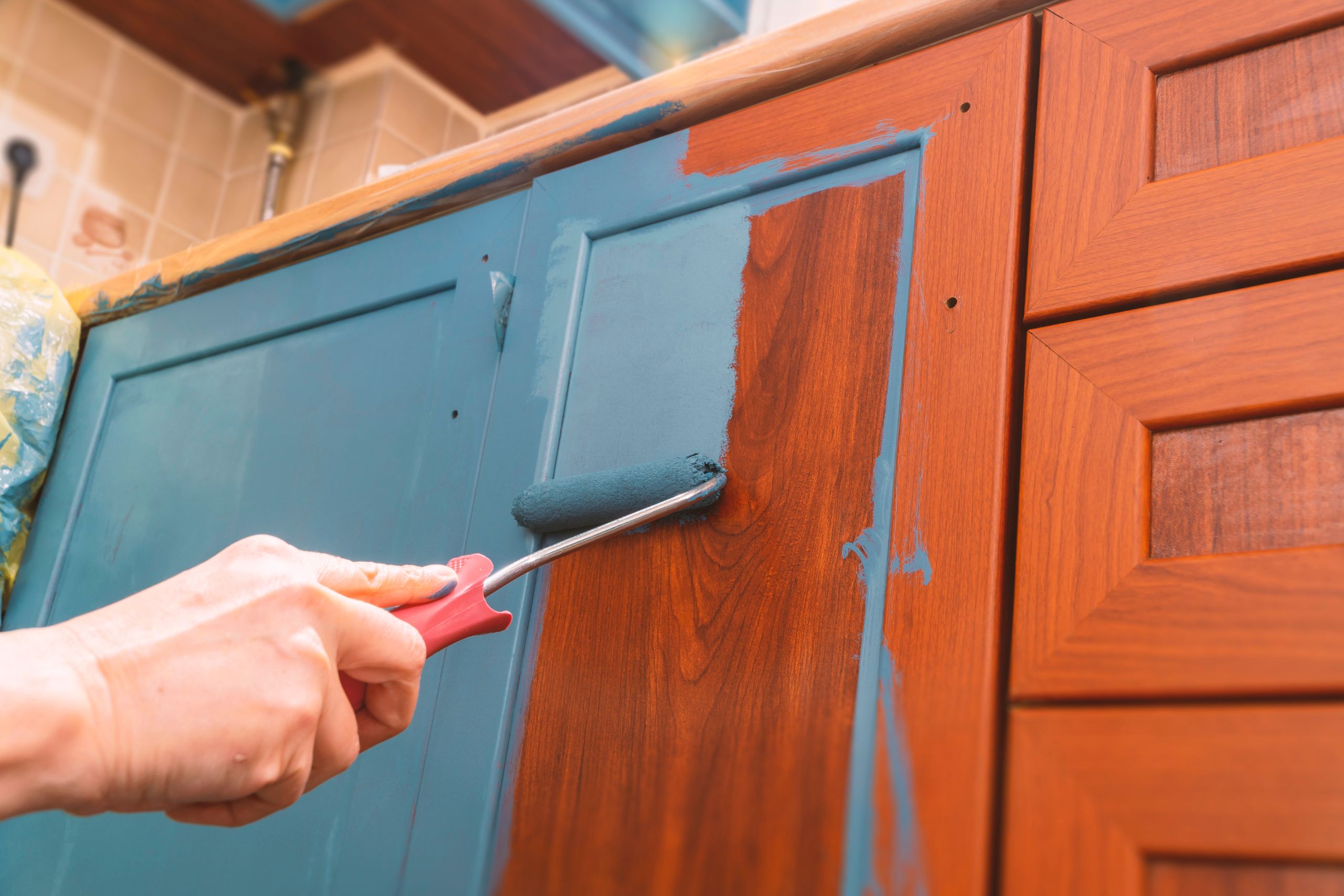A perfect finish depends on priming walls before painting, therefore setting the foundation. Primer helps to improve paint’s adhesion to the wall by smoothing out a consistent surface. Applying primer can assist people greatly increase paint adhesion, thereby preventing chipping over time and helping to stop peeling. Primer also guarantees color fidelity, therefore enhancing the appearance of the selected paint shade from the sample. When painting over glossy finishes or from a deeper to a lighter color, this is especially crucial as primers aid to minimize the affects of underlying colors. Moreover, using primer increases the general paint work endurance, therefore increasing its wear and tear resistance. Primer is very helpful for new drywall, wood surfaces, or stain covering projects. Knowing the benefits of primer prepares readers to make wise decisions for a painting endeavor that turns out well.
When Primer Is Necessary
Getting good paint finishes for different surfaces depends on first priming. Usually, new drywall calls for primer to avoid paint absorption that is uneven. This guarantees a superior foundation, which lets the last coat stick closer and seem more consistent. Without primer, the paint could soak unevenly throughout the drywall, resulting in an uneven surface that lessens the general visual attractiveness.
Primer greatly helps damaged or stained surfaces as well. Applying a primer covers blemishes, stains, or past repairs, therefore preparing a clean slate for next paint coats. This treatment not only makes the surface appear better but also increases paint adhesion.
Moreover, primer becomes rather important when switching between bold colors. It covers dark or strong colors really well, therefore avoiding bleed-through that might compromise the fresh paint work. This is especially helpful when one moves to lighter tones.
Primer serves as a protective layer in Moisture-Prone Areas such kitchens and bathroom. Over time, it helps to preserve paint integrity and reduces moisture damage. Using primer improves painted surfaces’ lifetime, look, and durability generally.
Types of Primers and Their Applications
Primers offer long-lasting effects, boost adhesion, and assist paint surfaces to be ready. Various primers serve various functions:
For standard surfaces like drywall, latex primer performs well. It fits for a broad spectrum of uses as it dries fast and provides flexibility. Its water-based make-up reduces VOC emissions and facilitates simple cleaning.
Particularly good on wood and past-painted surfaces, Oil-Based Primer shines in stain blocking. For jobs where stain avoidance is absolutely important, its great adhesive qualities make it a first option.
Shellac Primer delivers excellent adhesion and works amazingly for difficult stains. Often used on hard surfaces and may effectively hide scents, it is ideal for repair work including smoke or water damage.
Specialty Primers address high-bond applications, mold resistance, and odor-blocking among other specialist concerns. Designed to solve specific issues, these primers provide tailored answers for numerous painting needs.
The choice of the appropriate primer type determines best results. Every primer has a specific function that increases the longevity and toughness of painted surfaces.
Benefits of Using Primer
Primer before painting has several important advantages that improve the general caliber of a paint work. One of the main benefits is improved paint adherence as primer builds a solid basis for the paint, therefore extending its lifetime. This basic layer guarantees strong adherence of the paint, therefore lowering the possibility of chipping or peeling over time.
Improved color accuracy is another significant benefit as primer controls uneven color absorption. This guarantees that the paint color at last fulfills expectations, therefore producing more accurate results. Primer gives the topcoat a consistent surface, therefore helping it to seem polished and professional.
Primer also provides strength and protection. It protects the underlying surface from moisture, stains, and other factors therefore enabling the paint to resist everyday wear and tear. Another benefit is better coverage; applying primer usually halves the needed number of paint coats, therefore saving time and money. Less coats required for a consistent finish speeds project completion and facilitates faster running of the painting process. Priming is usually a wise and helpful action that improves the look and function of any paint work.
How to Choose the Right Primer for Your Project
Selecting a primer for a project calls for numerous important factors. First, primer choice is significantly influenced by surface material. For example, usually drywall calls for a different primer than metal or wood. Knowing the wall material will determine both maximum adhesion and coverage.
One then has to evaluate the condition of the room. Selecting a moisture-blocking or mold-resistant primer can assist surfaces in high humidity areas, including kitchens or bathrooms run the lifespan of the finish. This helps one to have a good domestic atmosphere.
Another factor is color shifts. Should a dramatic color change be desired, a tinted primer will greatly improve coverage and cut the required topcoat count. Not only does this reduce time but it facilitates more effective achievement of a vivid and consistent finish.
At last, ecologically sensitive people might choose low-VOC, environmentally friendly primers. Apart from being good for the surroundings, these decisions help to enhance indoor air condition. By carefully assessing these components, one may choose a primer that perfectly meets the specific needs of their project, therefore ensuring a good outcome.

Conclusion
Any painting endeavor depends critically on primer, which greatly improves the whole result. Primer provides greater adherence for the topcoat by producing a homogeneous surface, therefore smoothing the finish and lowering the risk of peeling or chipping over time. This will highlight the actual colors of the paint. This first coat enhances the professional look of the paint work and helps to prolong its lifetime, therefore improving the appearance of every room. A great difference in obtaining ideal outcomes may be made by investing in the correct primer catered to the particular surface and surroundings. Clearly, a well-primed surface may affect the way paint adheres and performs, therefore lowering future touch-downs and maintenance. Readers are urged to investigate “painting techniques and tips” website, where they may discover helpful insights and strategies to boost their skill and maximize their painting capacity, thereby complementing your efforts.



